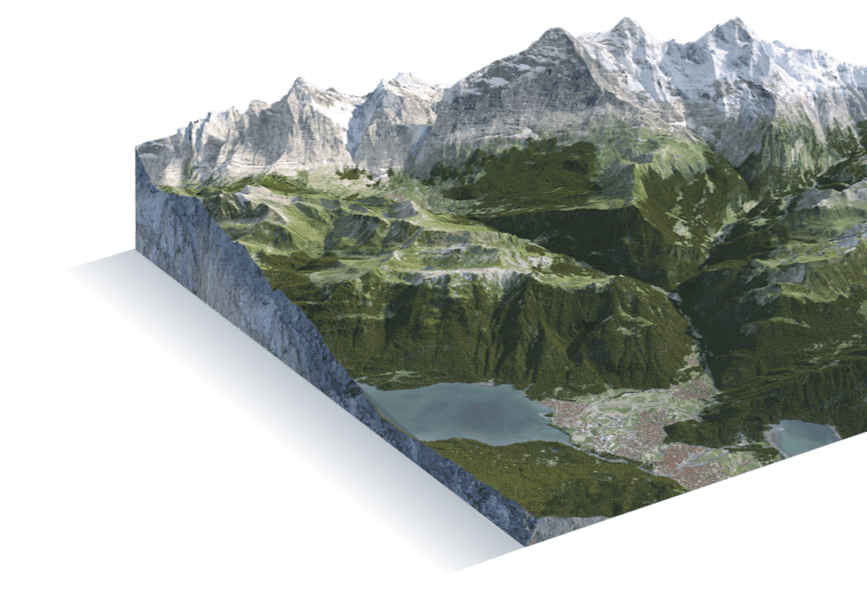Experience & Discover
Plan & book



Finally, the “Alpine Sensation” adventure course has a special treat in store: a karstic cave at 3,482 metres above sea level. The highest karstic cave in Europe – discovered by chance during tunnel construction – gives you an insight into the interior of the Jungfrau massif and the history of the earth. The prerequisite for the formation of a karstic cave is limestone rock with numerous crevices in which the surface water quickly seeps away and becomes carbonated by CO₂. This allows it to dissolve lime in the substrate. Hollow spaces are created which increase in size due to erosion. Geologists assume that the karstic cave on the Jungfraujoch was formed during warmer climatic periods at lower altitudes. The rock deposits probably originate from moraines.
Did you know that…
the karstic cave is estimated to have formed 1 to 2.5 million years ago. At that time, the Jungfraujoch was at least 1,000 to 2,000 metres lower than today and was pushed upwards into the permafrost zone in the course of the alpine uplift.